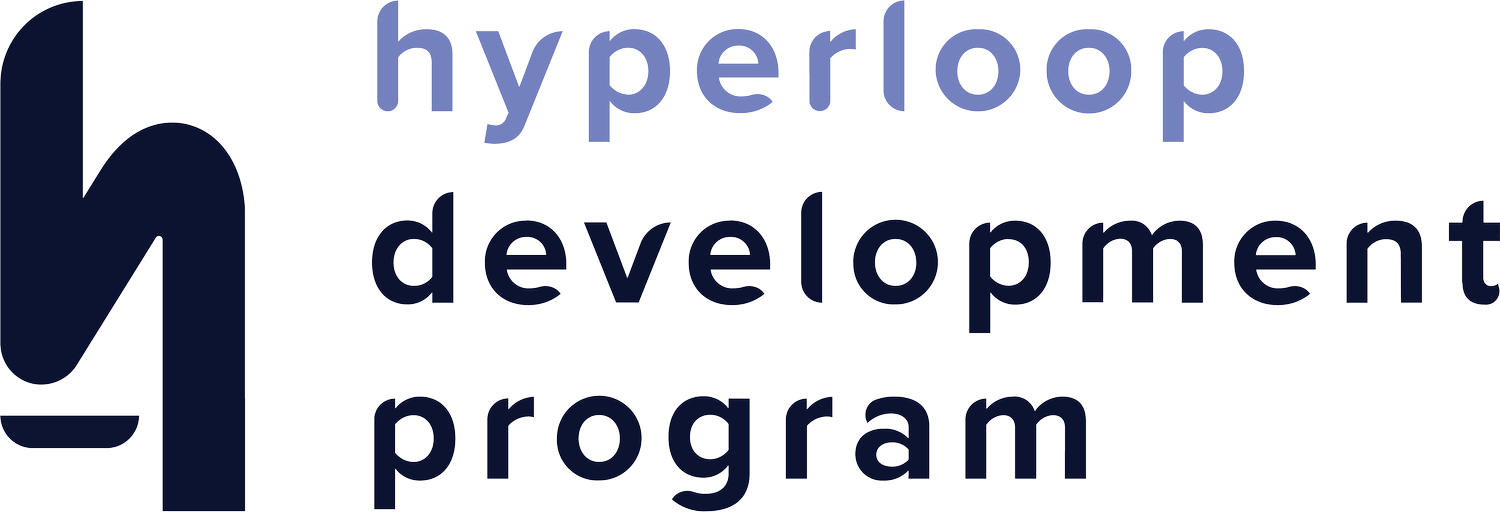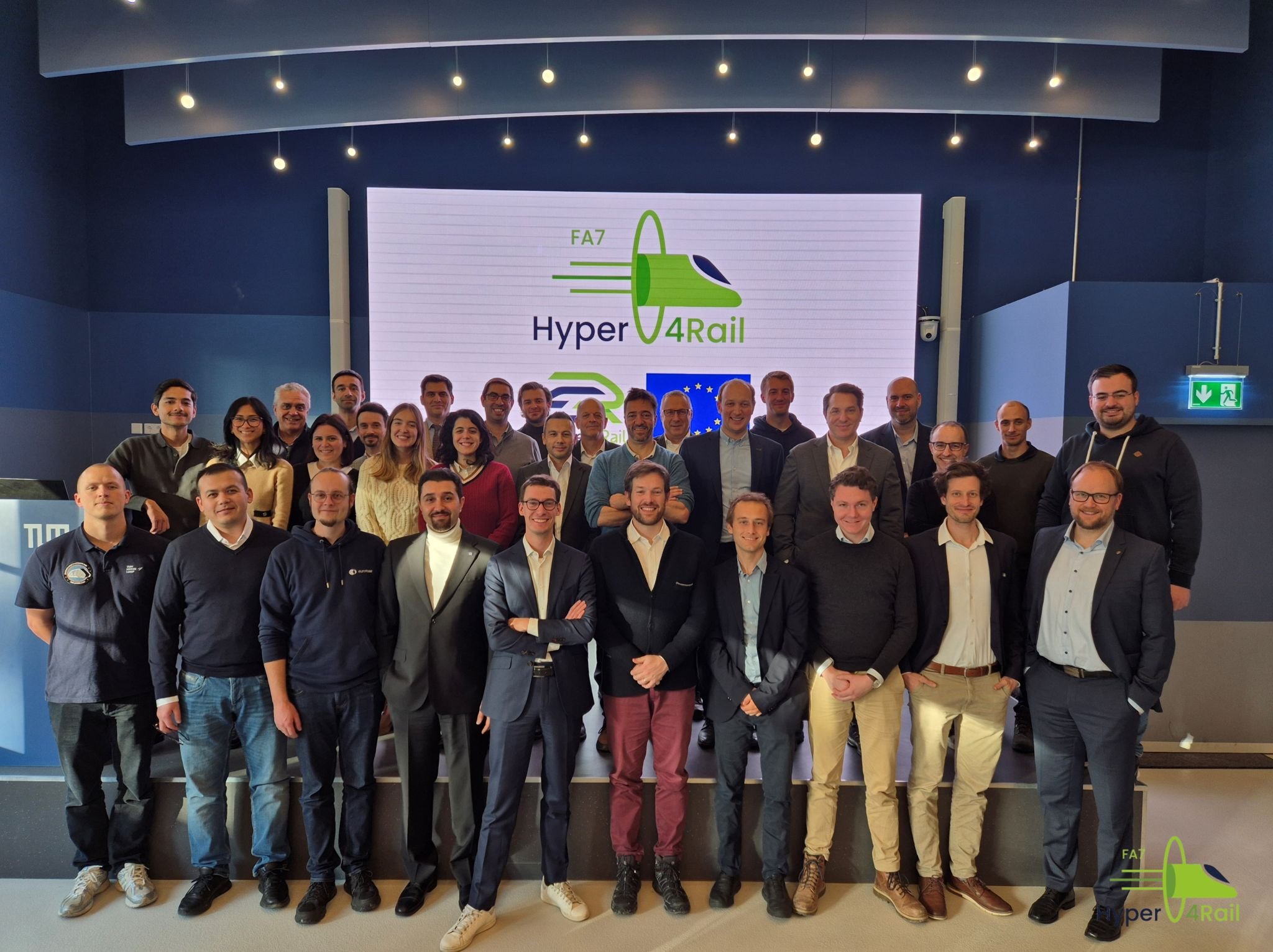Hyper4Rail has kicked off - a groundbreaking European project to advance hyperloop technology
Co-Funded by the Europe’s Rail Joint Undertaking (EU-Rail), Hyper4Rail is aimed at advancing the development of hyperloop, a concept for magnetically levitated trains running at high speeds inside nearly airless tubes.
Experts from the hyperloop and rail industry met in Munich on December 5, 2024, to launch the Hyper4Rail project.
The project is focused on creating a common design framework, validating key systems, and ensuring integration into Europe’s existing transportation network.
Hyper4Rail aims to establish a comprehensive roadmap for the future development and deployment of hyperloop systems in Europe.
(Munich, Germany, December 5th, 2024) A new EU research project, Hyper4Rail, has been launched as of 1st of December 2024. Coordinated by the Hyperloop Development Program, the 24-month project will advance the development of hyperloop technology in Europe. A consortium of 27 organisations across 13 countries, including hyperloop developers, rail operators, infrastructure managers, engineering companies, and research institutions (list appended) unites expertise from multiple sectors in a research collaboration under Flagship Area 7 focused on innovation on new approaches for guided transport modes.
Hyper4Rail was launched in a frame of a Horizon Europe Call, managed by the Europe’s Rail Joint Undertaking (1), a partnership dedicated to supporting the development of innovative rail systems across Europe to help create a seamless, modern, and integrated rail transport network.
Hyperloop promises to significantly reduce travel times compared to current high-speed rail and air travel, especially on short-haul routes. By minimising air resistance in a near-vacuum environment, hyperloop vehicles can achieve high speeds while consuming less energy. As hyperloop systems can be powered by renewable energy sources they offer a more sustainable alternative to traditional fossil-fuel-based transport that aligns with the European Union's goals for a sustainable and integrated transportation network.
As the hyperloop technology is still in its early stages and there is a lack of standardisation across developers, Hyper4Rail offers the opportunity to build consensus on industrialisation, safety, regulatory, and technical frameworks and convergence on design considerations through a structured, all-stakeholder approach.
The project will focus on hyperloop design definitions at Technology Readiness Level (TRL) 2, which involves developing and confirming the basic principles of hyperloop systems such as propulsion and vacuum technology. The process is followed by validation of key subsystems at TRL4, the level of testing and feasibility demonstration in laboratory environments. A safety framework, operational guidelines, and business cases will be developed to align hyperloop with Europe’s multi-modal transportation goals under the Trans-European Transport Network (TEN-T). Ultimately, the project will produce a unified roadmap to guide the deployment of hyperloop systems across Europe.
"We are excited to coordinate the project with such a wide array of organisations from the rail sector, and other industries in this first-ever industry-wide consortium," said Sascha Lamme, Program Director of the Hyperloop Development Program. "By harmonising our efforts, we are building a unified framework for the future implementation of hyperloop technology. Our focus is on ensuring interoperability within the broader European transport network. Together, we are taking a significant step forward in advancing hyperloop technology for sustainable and high-speed transport across Europe."
The project will use an iterative design process, allowing for continuous refinement as ideas and designs evolve. Social science disciplines will also be incorporated to assess societal acceptance, economic impacts, and environmental sustainability. Hyper4Rail is structured into six work packages, focusing on design, validation, business modelling, and the development of a detailed roadmap for implementation.
Once the Hyper4Rail project is completed, attention will shift toward large-scale demonstrators, further collaboration within the industry, and pilot implementations. The roadmap developed during the project will help guide future research and development investments, as well as inform policy adjustments. The goal is for hyperloop technology to be industrialised and deployed at scale by the 2030s.
Link: https://www.hyper4rail.eu/

